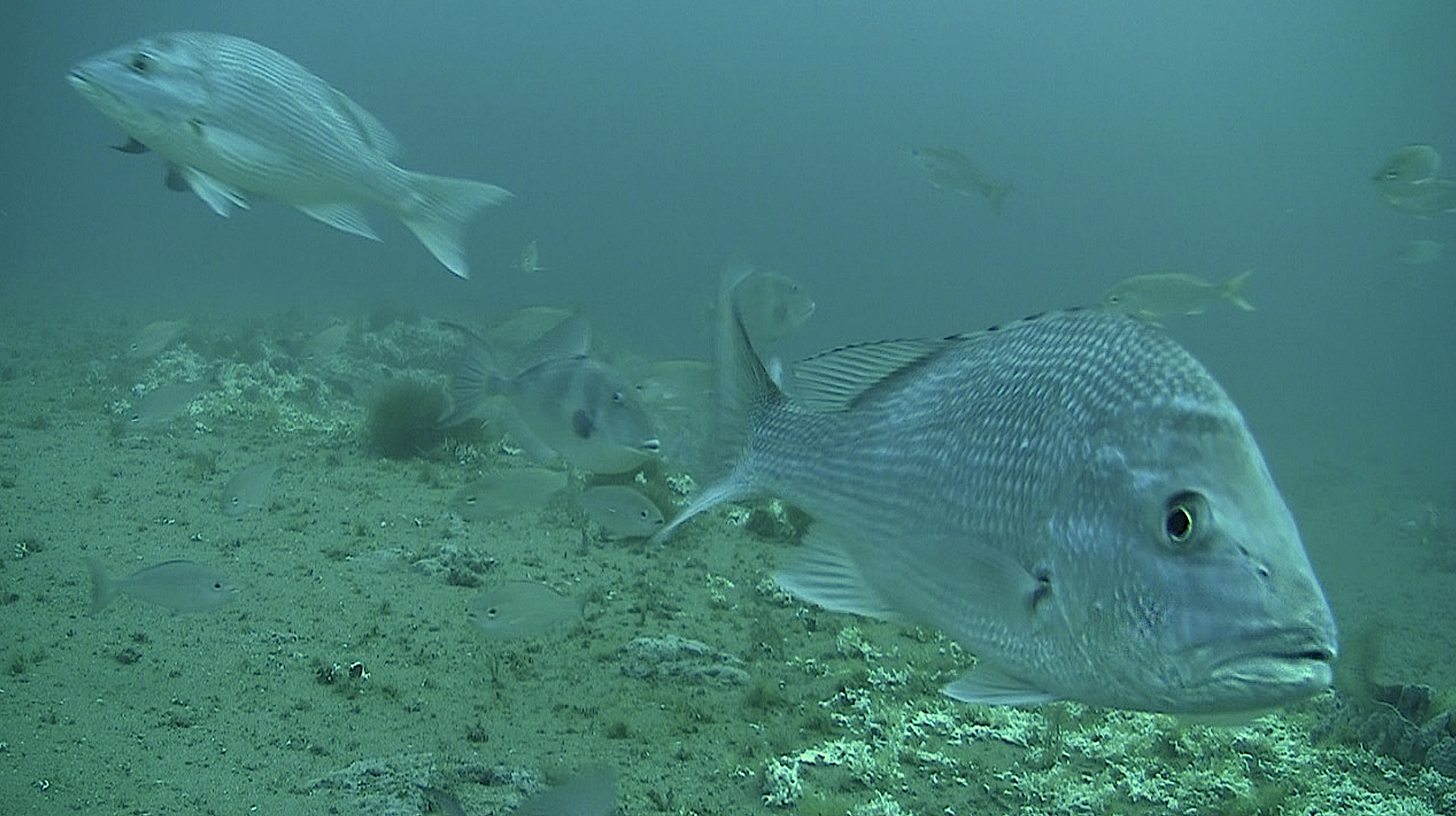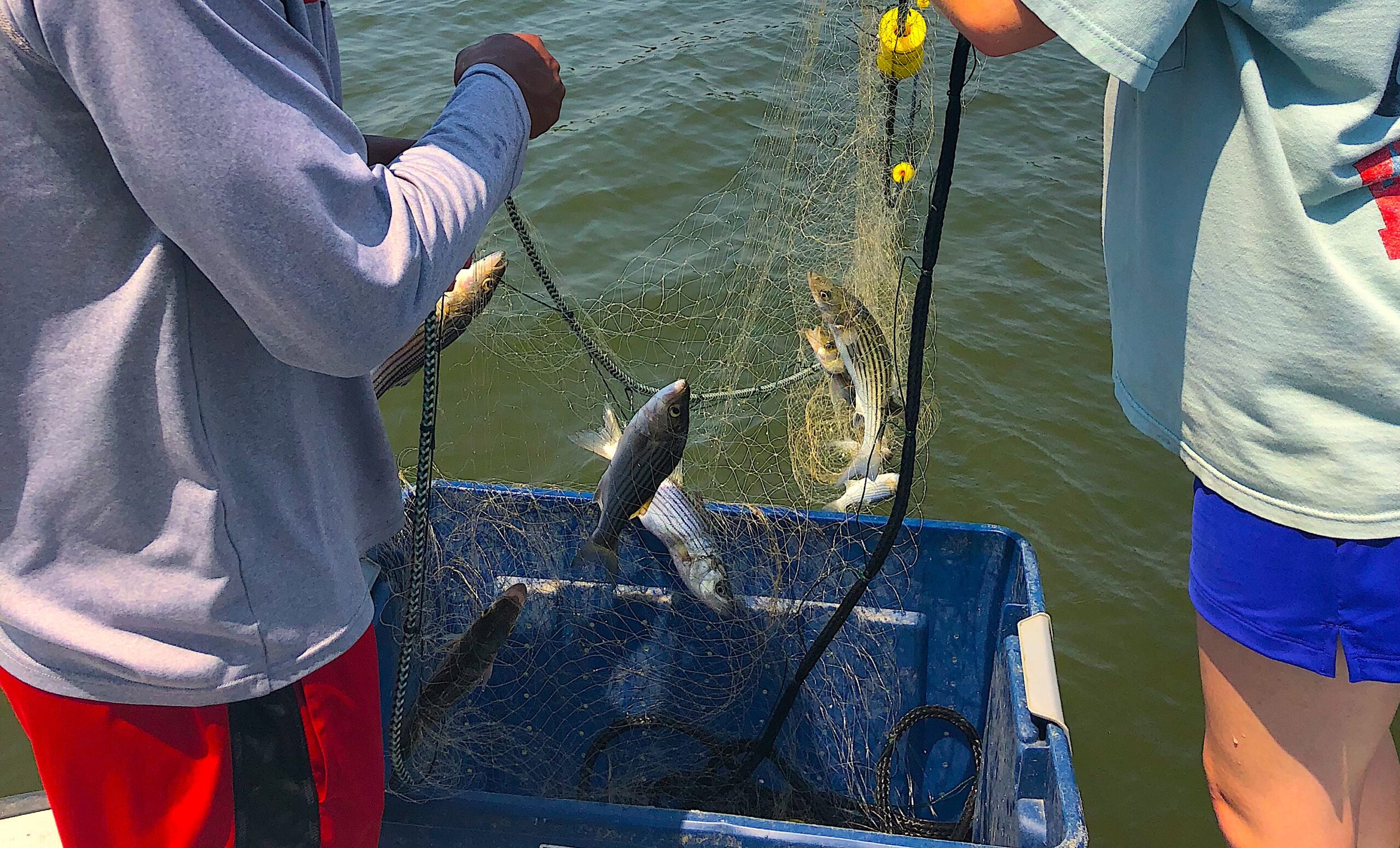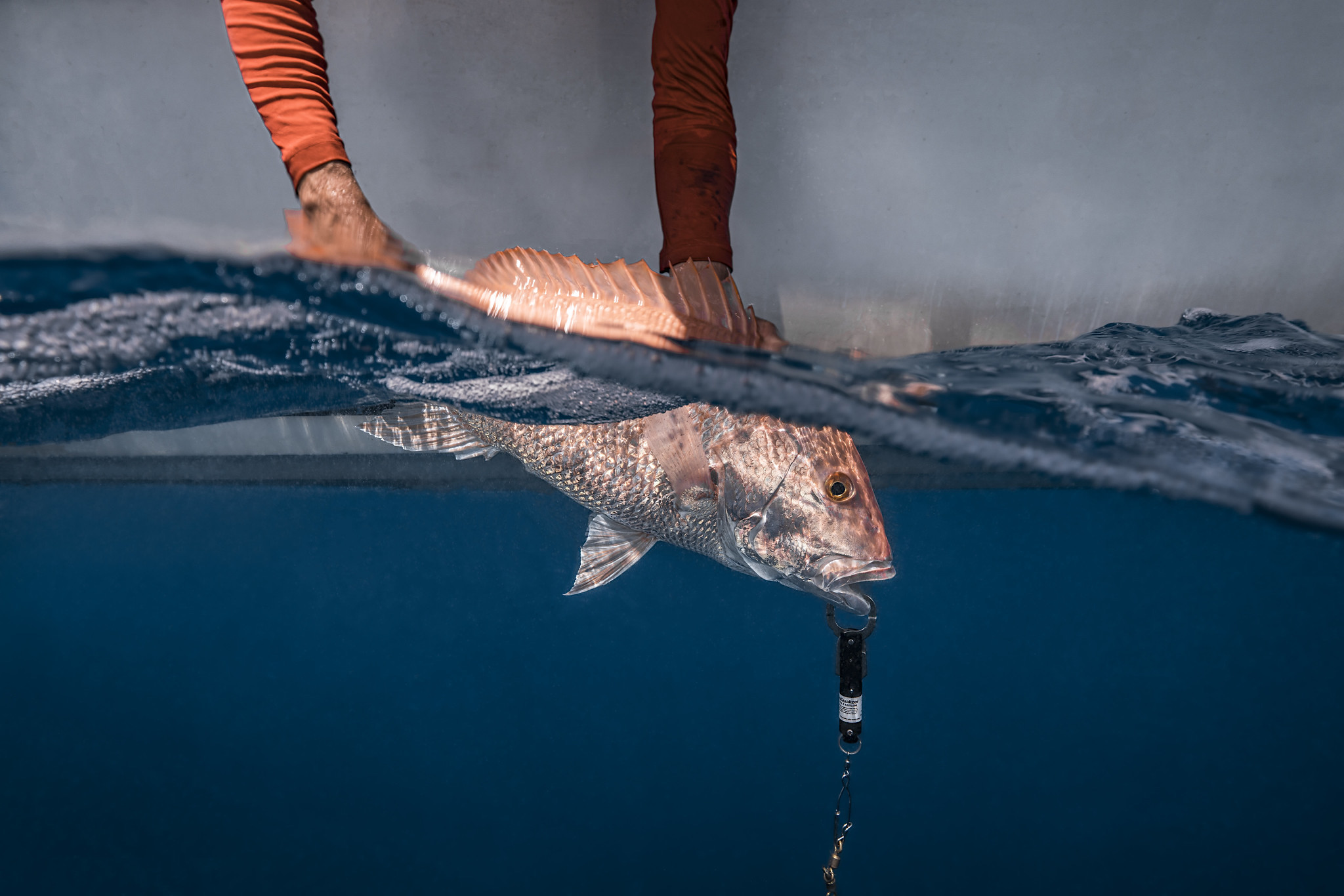What Do We Know About Population Growth in Reef Fishes?

A new study uncovers some consistent patterns in Atlantic reef fishes, including snappers and groupers.
Research Need
Reef fishes in the Atlantic Ocean are targeted by anglers as part of a multispecies fishery. The abundance of these fishes depends critically on “recruitment” — the process by which young fish are added to the viable population. This process determines the number of fish available for anglers to catch, and understanding the process helps resource managers maintain the sustainability of the fishery.
What did we study?
Our research team analyzed estimates of recruitment for 10 different Atlantic reef-fish species: black sea bass, gag grouper, gray triggerfish, greater amberjack, red grouper, red porgy, red snapper, scamp grouper, snowy grouper, and vermilion snapper. We examined how recruitment varies from year to year and attempted to identify patterns across species.
What did we find?
For each species, recruitment was highly variable from year, but more similar to years close in time than years further apart. In addition, recruitment patterns of the various species fell into two categories: 1) those species that have experienced poor recruitment in recent years, and 2) those that have experienced strong or average recruitment.
Anything else?
The species with poor recruitment include black sea bass and all the groupers. If anglers have noticed fewer catches of these species during the past decade compared to earlier years, poor recruitment may be the reason.
Conversely, red snapper has had very high recruitment in recent years, which is seeding the rebuilding of this stock.
Looking Ahead
Patterns across species point toward common drivers of recruitment (e.g., environmental factors, ecological variables, and exploitation) in Atlantic reef fishes. Future research will attempt to identify those linkages.
Reading
Wade, KJ, KW Shertzer, JK Craig, EH Williams. 2023. Correlations in recruitment patterns of Atlantic reef fishes off the southeastern United States based on multi-decadal estimates from stock assessments. Regional Studies in Marine Science 57: 102736 https://www.sciencedirect.com/science/article/pii/S2352485522003310
Kaitlynn Wade was funded by NOAA, USA Office of Education Educational Partnership Program.
Summary compiled by the study’s authors.
Photo credit: NOAA Fisheries.
The text from Hook, Line & Science is available to reprint and republish at no cost, but only in its entirety and with this attribution: Hook, Line & Science, courtesy of Scott Baker and Sara Mirabilio, North Carolina Sea Grant.
- Categories:



